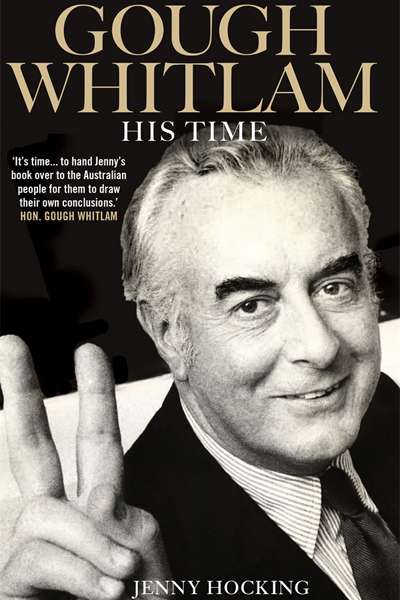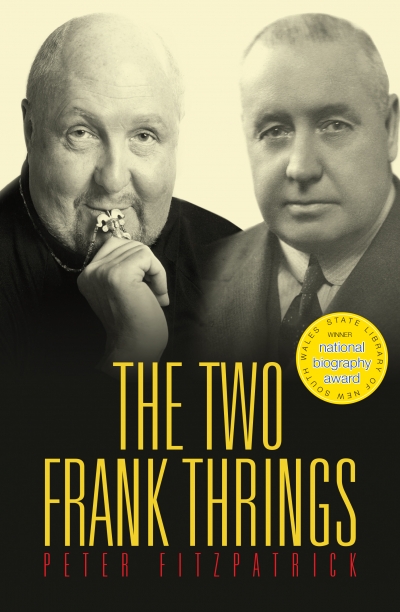Biography
Gough Whitlam: His Time: The Biography, Volume II by Jenny Hocking
by Neal Blewett •
Gina Rinehart by Adele Ferguson & The House of Hancock by Debi Marshall
by Jan McGuinness •
The Years of Lyndon Johnson: The Passage of Power by Robert A. Caro
by Peter Heerey •
Apollo in George Street: The Life of David McKee Wright by Michael Sharkey
by Geoff Page •
A Difficult Woman: The Challenging Life and Times of Lillian Hellman by Alice Kessler-Harris
by Desley Deacon •
Michael O’Connell: The Lost Modernist by Harriet Edquist
by Morag Fraser •










